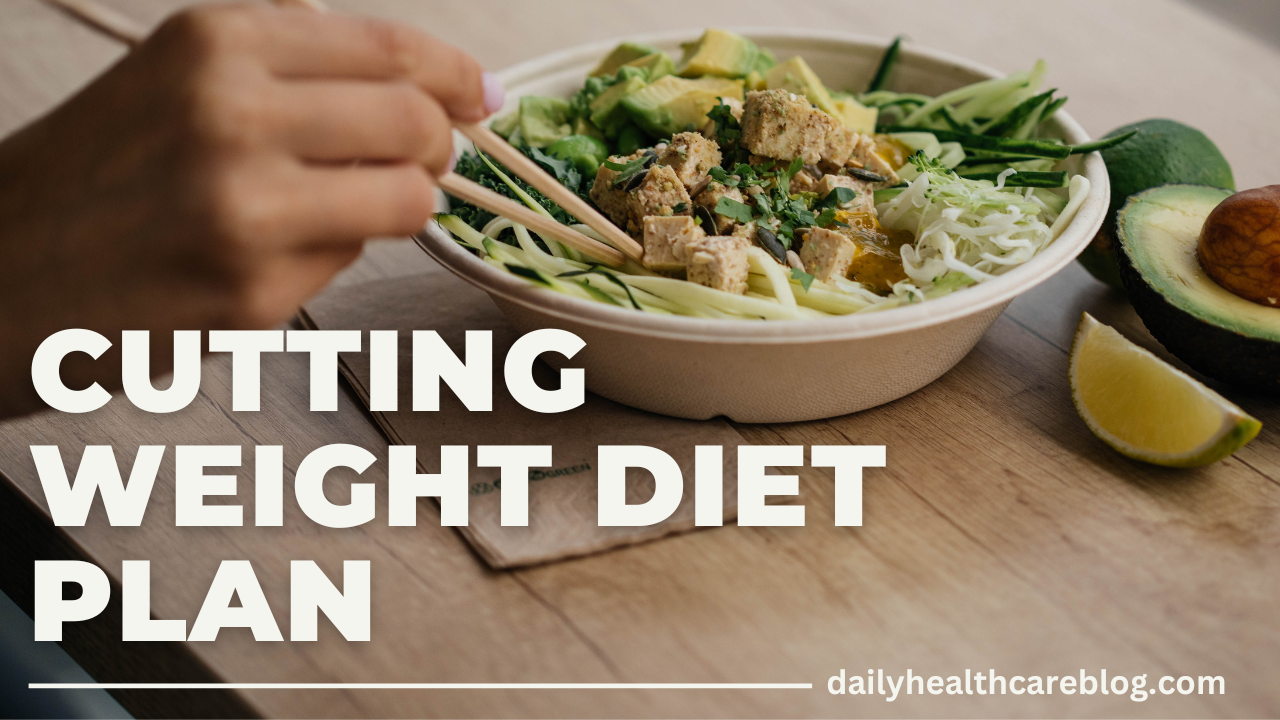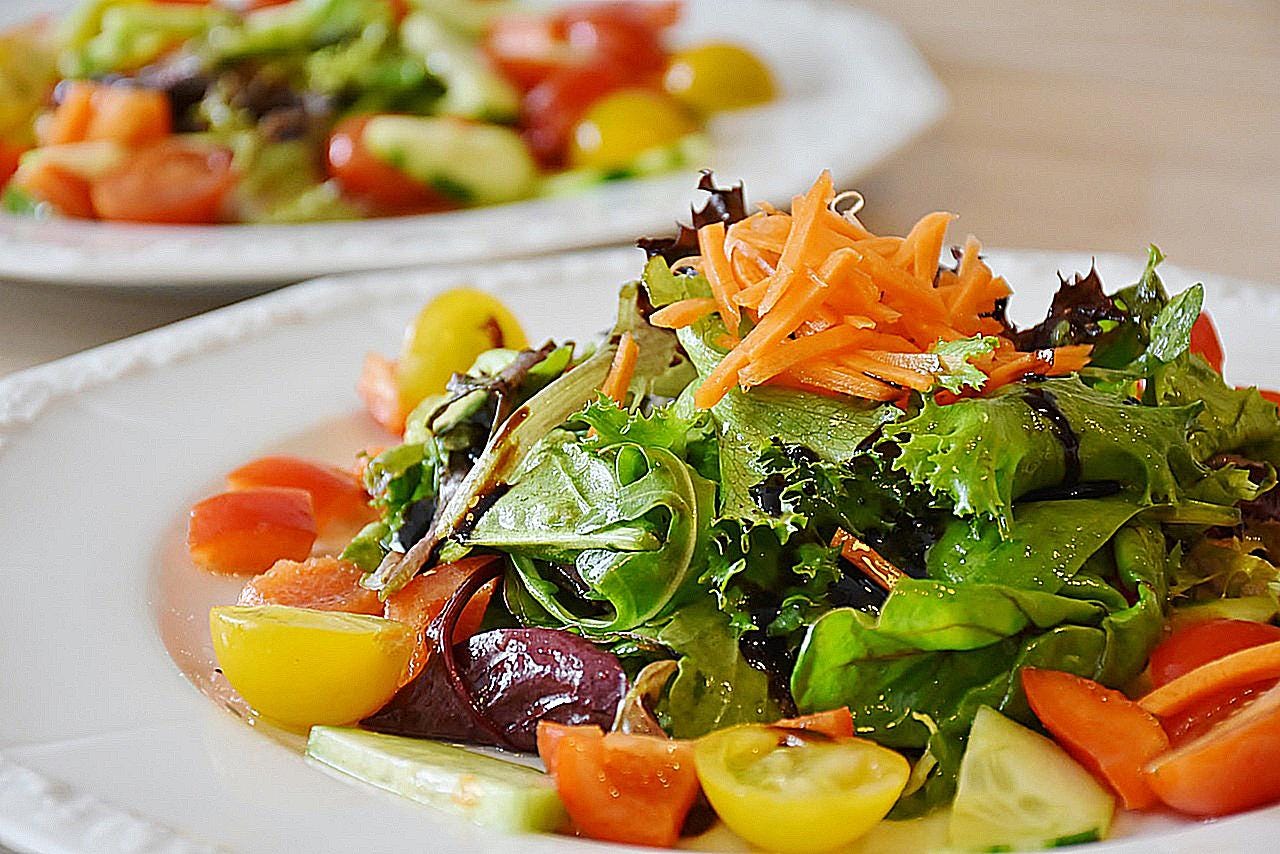Mastering the Art of Cutting Weight: A Comprehensive Diet Plan
Introduction
Losing weight is often a matter of planning, and people seeking to lose pounds swiftly need an effective diet plan. So here we’ll take a deep dive into the small details of cutting weight diet plan, including key principles to follow and tips on which foods are best for building bodies while staying healthy. Are you training for a competition, trying to lower bodyfat %, or simply wanting to lose some weight? Let’s uncover the mysteries of cutting until we become masters at eating and dieting!
Understanding Cutting Weight Diet Plan

1. Defining Cutting Weight:
– Explore the concept of cutting weight, distinguishing it from general weight loss. Understand how cutting weight is often associated with achieving a specific body composition for athletes, bodybuilders, or those with performance-related goals.
2. The Role of Caloric Deficit:
– Why must a caloric deficit be achieved in order to lose weight? Explain that to use up stored energy reserves, it is a must one consume less calories than are burnt.
3. Importance of Macronutrient Balance:
– Cut through the role of macronutrients (proteins, carbohydrates and fats) in a cutting weight diet plan. Highlight the importance of balanced intake to maintain energy levels, muscle mass and good general health.
Crafting an Effective Cutting Weight Diet Plan
1. Protein-Rich Foundation:
– Emphasize the importance of protein in a cutting weight diet. Discover lean meats including poultry, fish, tofu and beans which assist in muscle preservation and feeling full.
2. Strategic Carbohydrate Intake:
– Talk about adding carbohydrates strategically to meet energy needs, especially around workouts. Choose complex carbohydrates, such as whole grains, fruits and vegetables.
3. Healthy Fats for Satiety:
– How do healthy fats increase satiety and improve general health? Add sources of these unsaturated fats, such as avocados, nuts and olive oil to your cutting weight diet.
Optimal Food Choices for Cutting Weight

1. Lean Protein Sources:
– Give a list of lean protein sources suitable for cutting weight–chicken breast, turkey, lean beef (<10% fat), fish and plant-based alternatives.
2. Complex Carbohydrates:
– Emphasize these foods that are also complex carbohydrates such as quinoa, sweet potatoes, brown rice and whole grains so normal energy needs can be met without spikes in blood sugar.
3. Nutrient-Dense Vegetables:
– Emphasize the importance of eating vegetables rich in vitamins, minerals and fiber. A rainbow of sorts, such as green leaves, broccoli and bell peppers along with plump tomatoes.
The Recipe for Success
1. Hydration for Performance:
– Emphasize the importance of drinking enough water, particularly in periods when one is losing weight. Talk about water aids performance, metabolism and general health.
2. Meal Timing and Frequency:
– Explore optimal meal timing and frequency for cutting weight. Discuss the benefits of balanced meals spread throughout the day to maintain energy levels and prevent overeating.
3. Monitoring and Adjusting:
– Encourage individuals to monitor their progress and make necessary adjustments to the cutting weight diet plan. Discuss the importance of flexibility and adaptation based on individual responses.
Navigating Challenges
1. Managing Hunger and Cravings:
– Provide strategies for dealing with hunger and cravings during the cutting weight period. Speak about the importance of filling foods, appropriate snacking and incorporating foodstuffs which leave one with a sense of fullness.
2. Social Situations and Events:
– Provide guidance on navigating social situations and events while adhering to a cutting weight diet. Discuss approaches to make mindful choices without feeling deprived.
3. Balancing Nutritional Needs:
– Emphasize the need to balance nutritional needs during a cutting weight phase. Discuss potential nutrient deficiencies and ways to ensure essential vitamins and minerals are adequately consumed.
Post-Cutting Phase: Transitioning and Maintenance
1. Gradual Reintroduction of Calories:
– Discuss the importance of a gradual reintroduction of calories after the cutting phase. Explore strategies for transitioning to a maintenance or lean bulking diet while avoiding rapid weight regain.
2. Maintaining Lean Muscle Mass:
– Address the challenge of maintaining lean muscle mass post-cutting. Provide tips for incorporating resistance training and optimizing protein intake to support muscle retention.
3. Long-Term Habits for Sustainable Results:
-term habits for sustainable results. Discuss the value of a balanced and varied diet, regular physical activity, and a positive relationship with food beyond the cutting phase.
Post-Cutting Transition Tips
1. Gradual Caloric Increase:
– Guide individuals on gradually increasing their caloric intake post-cutting phase. Emphasize the importance of avoiding sudden jumps in calorie consumption to prevent unnecessary fat gain.
2. Incorporating Whole Food Groups:
– Speak up for foods that may have fallen off the table during a dietary cutting period. Speak about how eating a variety of fruits, vegetables, whole grains and healthy fats is the best way to eat.
3. Monitoring and Adjusting:
– Remind individuals to continue monitoring their progress and adjust their diet as needed. This could involve assessing energy levels, workout performance, and overall well-being to ensure a sustainable approach.
Maintaining Results and Building Habits
1. Consistent Exercise Routine:
– Emphasize the importance of regular exercise. Discuss how cardiovascular exercise combined with strength training contributes to general health, and maintains weight.
2. Mindful Eating Practices:
– Make mindful eating a lifelong habit. Advocate that people eat food, chewing slowly and only when hungry.
3. Setting New Goals:
– Teach people how to establish new goals for health and physique after cutting weight. Whether it’s building muscle, raising your endurance or just improving overall well-being, having precise objectives will provide a source of motivation.
Conclusion
Cutting weight is not a temporary adjustment in eating habits, but the foundation of an achievable and healthy lifestyle. One should use a properly thought-out cutting weight diet plan coupled with postcutting strategies and long term habits, making it possible to gain the physique one desires without sacrificing ones health. Bear in mind, though–the path to a healthier you is never-ending; every step counts and together they add up to permanent victory.
FAQs:
1. What is the primary goal of a cutting weight diet plan?
– Explore the fundamental objective of a cutting weight diet plan, emphasizing whether it is primarily aimed at fat loss, muscle definition, or achieving a specific physique for athletes.
2. How does a cutting weight diet plan differ from a regular weight loss plan?
– Clarify the distinctions between a cutting weight diet plan and a general weight loss plan, highlighting any specific nutritional strategies, macronutrient considerations, or time frames that set them apart.
3. What are the key components of an effective cutting weight diet plan?
– Break down the essential elements that make up a successful cutting weight diet plan, including the role of caloric deficit, macronutrient balance, and nutrient-dense food choices for optimal results.
4. Can a cutting weight diet plan be personalized to individual preferences and dietary restrictions?
– Address the adaptability of cutting weight diet plans, discussing whether they can be tailored to accommodate various dietary preferences, restrictions, or cultural considerations for a more personalized approach.
5. Is exercise a necessary component of a cutting weight diet plan?
– Explore the relationship between diet and exercise in a cutting weight plan. Discuss whether incorporating physical activity is essential for achieving the desired results and maintaining overall health during the weight-cutting process.

